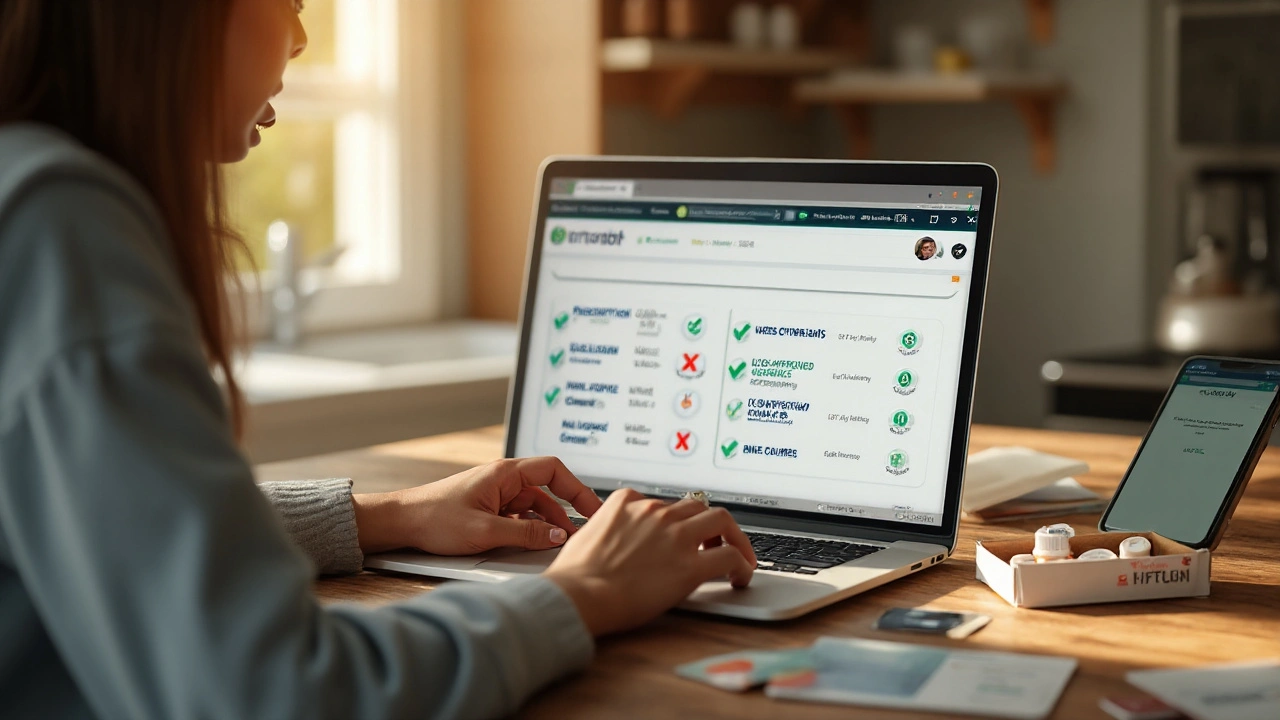Celexa Price Guide 2025 – What You Need to Know
If you’ve been prescribed Celexa (citalopram) you’re probably wondering how much it will cost you. Prices can jump around a lot depending on where you shop, whether you use insurance, and if you choose a brand or a generic version. Below you’ll find the most common price ranges, the factors that push the cost up or down, and a few easy tricks to keep your out‑of‑pocket expense low.
How Much Does Celexa Cost?
In the United States the brand name Celexa usually runs between $150 and $200 for a 30‑day supply when you pay cash. The exact number depends on the dosage – 10 mg tablets are cheaper than 40 mg tablets – and on the pharmacy’s pricing policy. If you have health insurance, your co‑pay can be as low as $10 to $30, but you’ll still need to check the formulary to see if Celexa is covered.
Most people save money by opting for the generic version, citalopram. Generic pills can cost anywhere from $5 to $30 for a month’s supply, again depending on strength and pharmacy. Some big‑box stores and online mail‑order pharmacies even list $4.99 for a 30‑day pack of 20 mg tablets.
Outside the US, prices look different. In Canada a 30‑day supply of generic citalopram often falls under $15 CAD, while the brand can be around $70 CAD. In the UK the NHS typically provides it for free with a prescription, but a private purchase will be about £10‑£20 for a month.
Tips to Save on Celexa
1. Ask for the generic. Most doctors are happy to write citalopram instead of Celexa if you mention the cost concern. The effect is the same; only the price changes.
2. Shop around. Prices vary a lot between chain pharmacies, independent stores, and online retailers. Use a price‑checking app or call a few places before you fill the script.
3. Use coupons or manufacturer discounts. The maker of Celexa sometimes offers savings cards that cut the cash price by up to 50 %. Even if you use the generic, some pharmacy chains have their own discount programs.
4. Consider a 90‑day supply. Buying three months at once usually drops the per‑pill cost. Make sure your insurance allows a 90‑day fill without extra paperwork.
5. Check pharmacy benefits programs. Some health plans give extra credits for using mail‑order services. A month’s supply delivered to your door can be cheaper than picking it up in store.
6. Look for patient assistance. If you’re uninsured or underinsured, nonprofit groups sometimes provide free or low‑cost citalopram. A quick internet search for “citalopram patient assistance” will show the latest options.
7. Don’t split pills. Cutting a higher‑strength tablet to make a lower dose can lead to uneven dosing and may be unsafe. Always ask your pharmacist for the right strength instead of trying to DIY.
By keeping an eye on these factors you can usually bring the monthly cost of Celexa or its generic down to a level you’re comfortable with. Remember to talk openly with your doctor and pharmacist – they want you to stick with your treatment, not quit because it’s too pricey.
Bottom line: Celexa’s brand price is high, but the generic version is pocket‑friendly, and multiple saving strategies exist. Check your insurance, compare pharmacy prices, and grab any coupons you can find. You’ll likely end up paying far less than the headline number you see on the bottle.
-
Buy Generic Celexa (Citalopram) Online Safely and Cheap in 2025
Looking to buy generic Celexa (citalopram) online for less? Here’s how to get safe, legal, low prices in 2025-what to check, real costs, risks, and smart alternatives.
